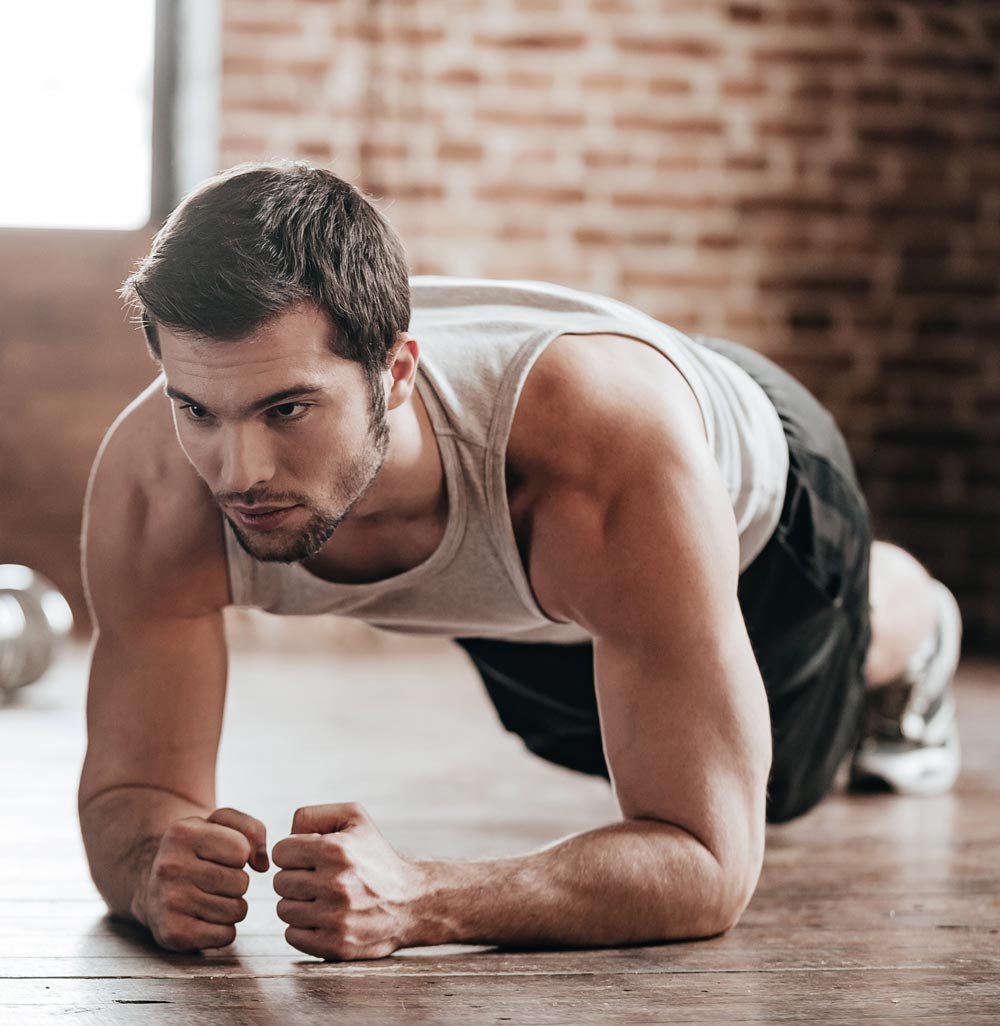
The Benefits of a Warm Up
Why is the warm up so important?
Priming our body for exercise decreases injury risk, increases performance, and makes us feel better during exercise. Some people argue that you don’t need to warm up before exercise because our body is always primed to go. Percy Cerutty, the former coach of Australia’s first ever sub 4-minute mile man, John Landy used to tell his athletes that a warm up was useless before running. He would demonstrate his theory by pouring a tub of water over his cat who would rest on the windowsill. Upon getting the fright of its live the cat would immediately jump up and run out the window. Cerutty would tell his runners that they are like the cat, never any need to warm up before a run because they are always ready to go. However, Cerruty was not aware of the real benefits of a warm up
That was a long time ago, what about now?
70 years have passed since Cerutty’s theory and with it, a hell of a lot more research. Sure, there is some element of truth to his claim, we are always primed for exercise to some degree. The difference is the changes in performance, injury risk and ratings of perceived exertion we’ll encounter if we undergo a proper warm up prior to exercise. Of course, we all know that a warm up will increase blood flow to our muscles and increase body temperature but there are plenty of other benefits that you may not have heard of.
Warming up
So, what makes a warm up? The overwhelming evidence now denies that static stretching provides no benefits to us before exercise. In fact, despite being able to show short term increases in muscle length, it decreases our power output. As a result, decreasing our performance. A short jog or fast walk followed by some dynamic movements and maybe some proprioceptive neuromuscular facilitation stretching should be implemented. Here are some of the benefits of a warm up.
Joints:
Our joints contain synovial fluid, which lubricates the surfaces of the bones and helps the joint move more smoothly. A good warm up will increase the amount of synovial fluid in the joint, helping the joint move faster and smoother. More synovial fluid will also increase the shock absorbing ability of the joint and make the surrounding muscles more pliable, decreasing their risk of tearing. If you have knee joint pain, you’ll often find it hurts at the start of exercise but ‘warms up’ during exercise. If you performed a short warm up before your exercise this will assist in priming your knee for the coming exercise.
Muscles:
Aside from the obvious increase in blood flow to the muscles, there are changes at a cellular level. A proper warm up can increase the activity of the enzymes in the muscle responsible for creating faster and stronger muscle contractions. This will help increase our power output as well and ensuring we are activating the right part of the muscle. This also leads to better neuromuscular activity in our body, leading to decreased injury risk.
Tendons:
Pathological tendons can be problematic both in and outside of exercise. They can be quite painful purely due to the condition. An adequate warm up will help decrease the pain levels in tendons. It will also increase their tolerance to exercise. Tendons are very important to warm up because we heavily rely on them during exercise. A good warm up and increase tendon stiffness, decrease tendon pain, and increase power output through tendons.
These are only some of the physiological changes that occur with exercise. There are plenty more reasons why we should warm up. If you’d like more information about how to warm up look at some of our other blogs. If you would like a comprehensive warm up plan, call 07 3352 5116 to book in with a Pivotal Motion physio or a Brisbane exercise physiologist.
Book Online for your exercise prescription!
Updated 22/02/2023






